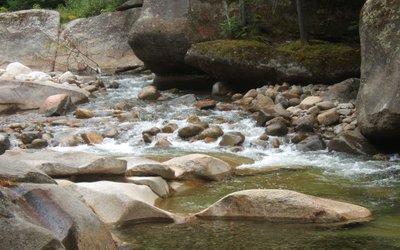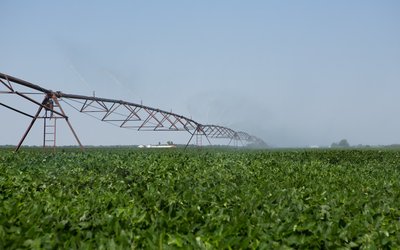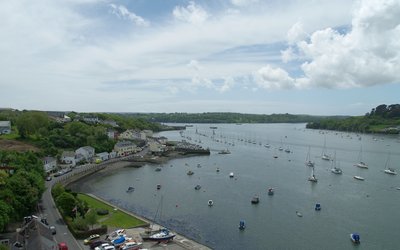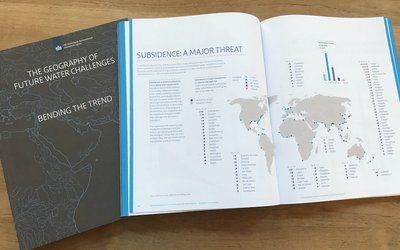Asia’s glaciers will loose at least one third of their ice mass this century
November 12, 2017
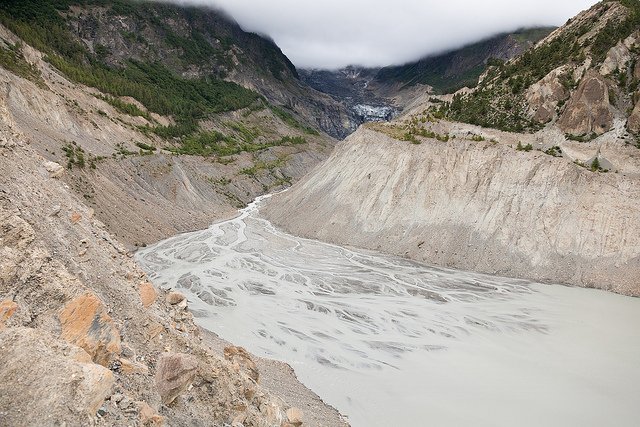
Glacial stream in Nepal. Due to melting of the glaciers these streams will peak in the next decades and then strongly reduce in the long term (photo: Elmar Bajora, www.flickr.com).
Millions of people rely on fresh water supplied by glaciers in the high mountains of Asia. The retreat of these glaciers due to global warming will strongly affect their daily life in the long term because along with the shrinking of the ice mass of these glaciers, fresh water supply downstream will reduce. In the short term, however, the increased melting of the glaciers will increase fresh water supply.
The Paris Agreement of 2015 states that global warming should be limited to 1.5 degrees Celsius above pre-industrial levels. What would this mean for the glaciers in the high mountains of Asia? Scientists showed that a global temperature rise of 1.5 °C will lead to a warming of about 2.1 °C in these high mountains, and that about one third of the present-day ice mass stored in these glaciers will be lost by the end of the century.
In fact, the situation is likely to be worse since global warming will probably exceed the 1.5 °C goal. The goal in the Paris Agreement is extremely ambitious. Under a high-end scenario of climate change, ice mass loss of Asia’s high mountains glaciers would be two thirds of the present-day ice mass by the end of the century. Under a moderate scenario of climate change about half of the present-day ice mass would be lost. Even if global warming would stop right now, ice mass loss of these glaciers would continue for decades to come until a new equilibrium is reached where these glaciers would have lost about 14% of their present ice mass.
Needless to say these projections have potentially serious consequences for regional water management and mountain communities. Some communities may be hit particularly hard: glaciers they depend on for their water supply may loose more than 90% of their present-day ice mass.
In the short term water supply will increase due to the increased melting. Under a high-end scenario of climate change melt water discharge will peak around 2050. Under a moderate scenario of climate change this peak will be reached around 2030.
Source: Kraaijenbrink et al., 2017. Nature 549: 257-260.

